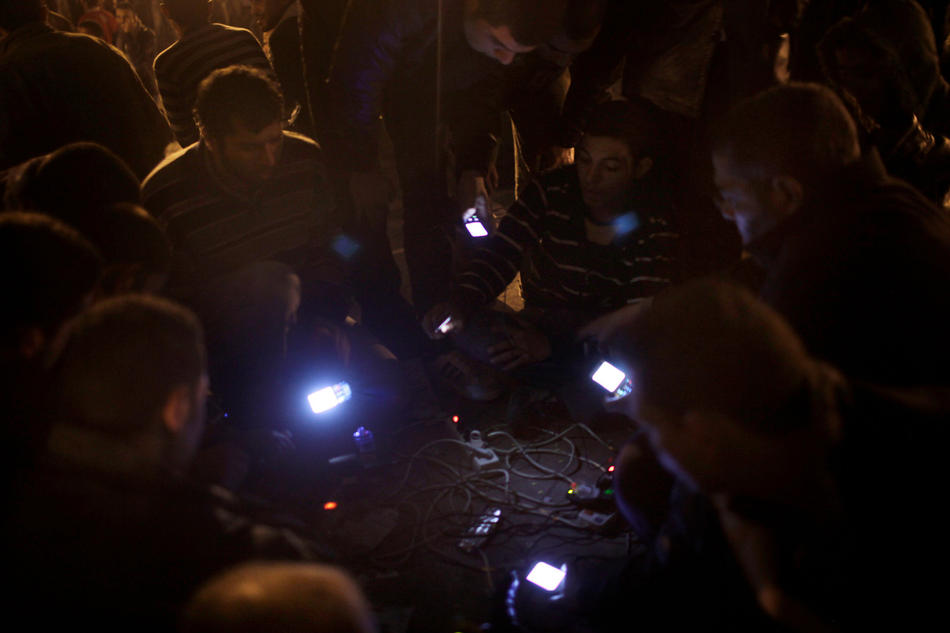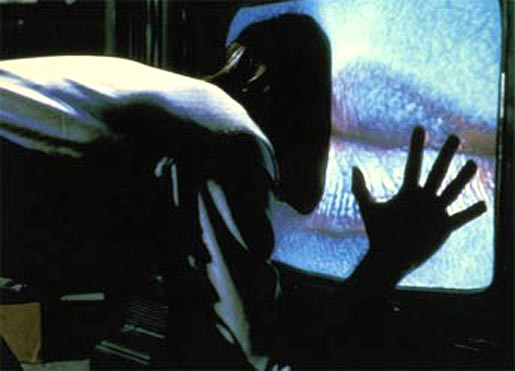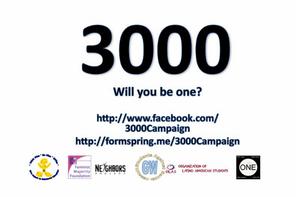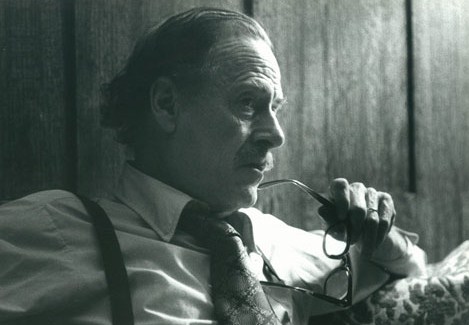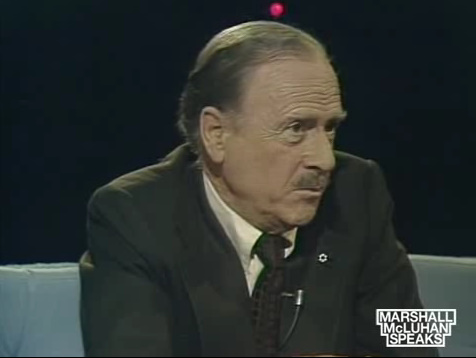 There is an important space between old and new media. This is the grey area between (1) the top-down gatekeeping of old media that separates producers and consumers of content and (2) the bottom-up nature of new, social media where producers and consumers come from the same pool (i.e., they are prosumers).
There is an important space between old and new media. This is the grey area between (1) the top-down gatekeeping of old media that separates producers and consumers of content and (2) the bottom-up nature of new, social media where producers and consumers come from the same pool (i.e., they are prosumers).
And in the middle are projects like Global Voices, what might be called curatorial media: where content is produced by the many in a social way from the bottom-up and is then mediated, filtered or curated by some old-media-like gatekeeper.
The current protests in Syria can serve as an important example of how curatorial media works. Especially because foreign journalists have been banned from the country, creating a dearth of information for old media. Alternatively, more...


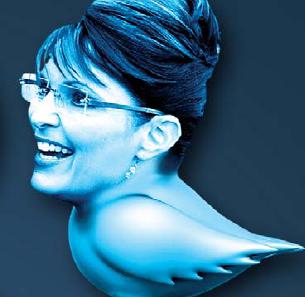


 The
The 

